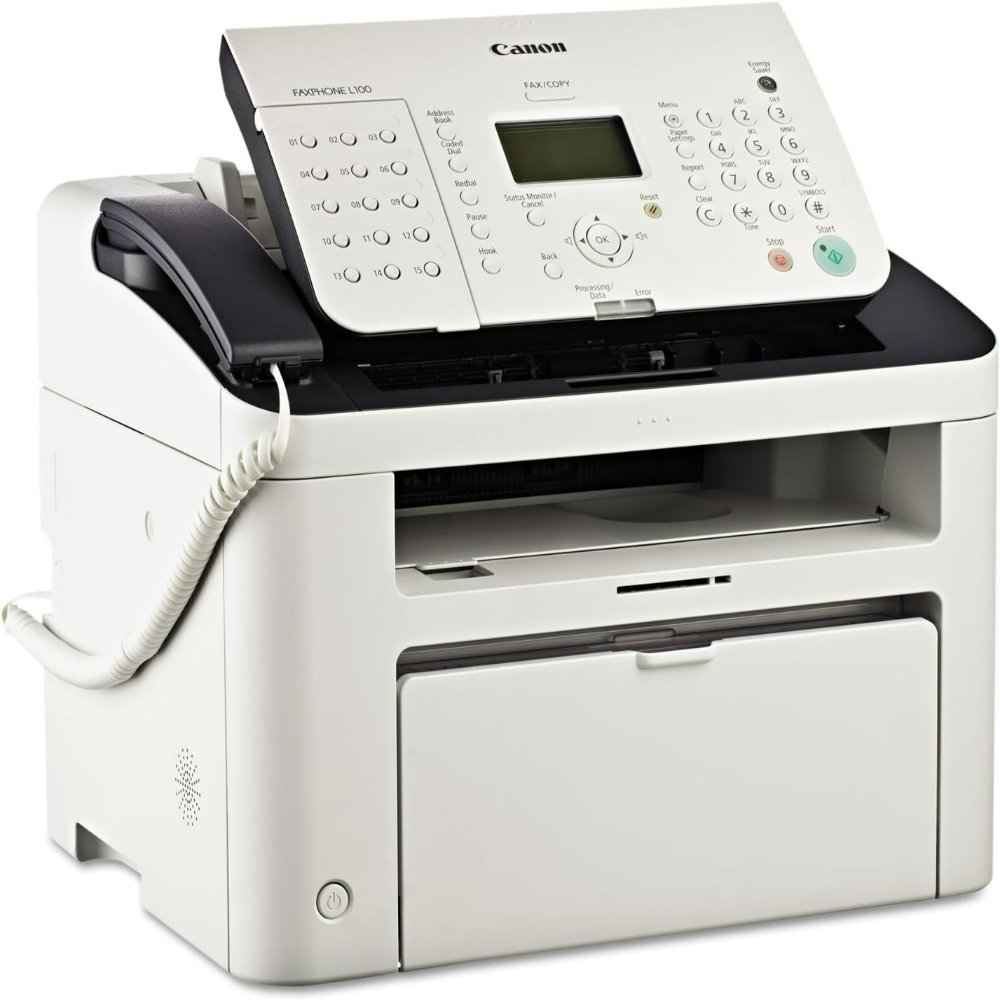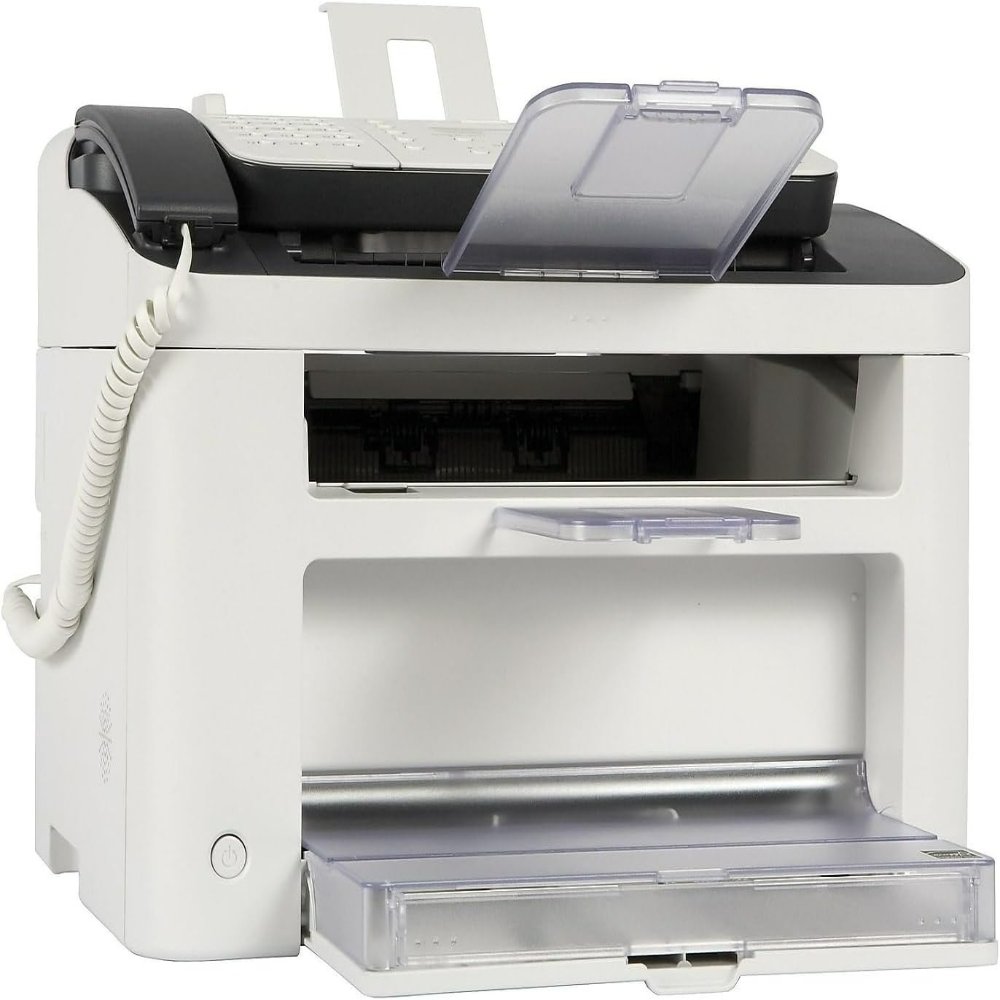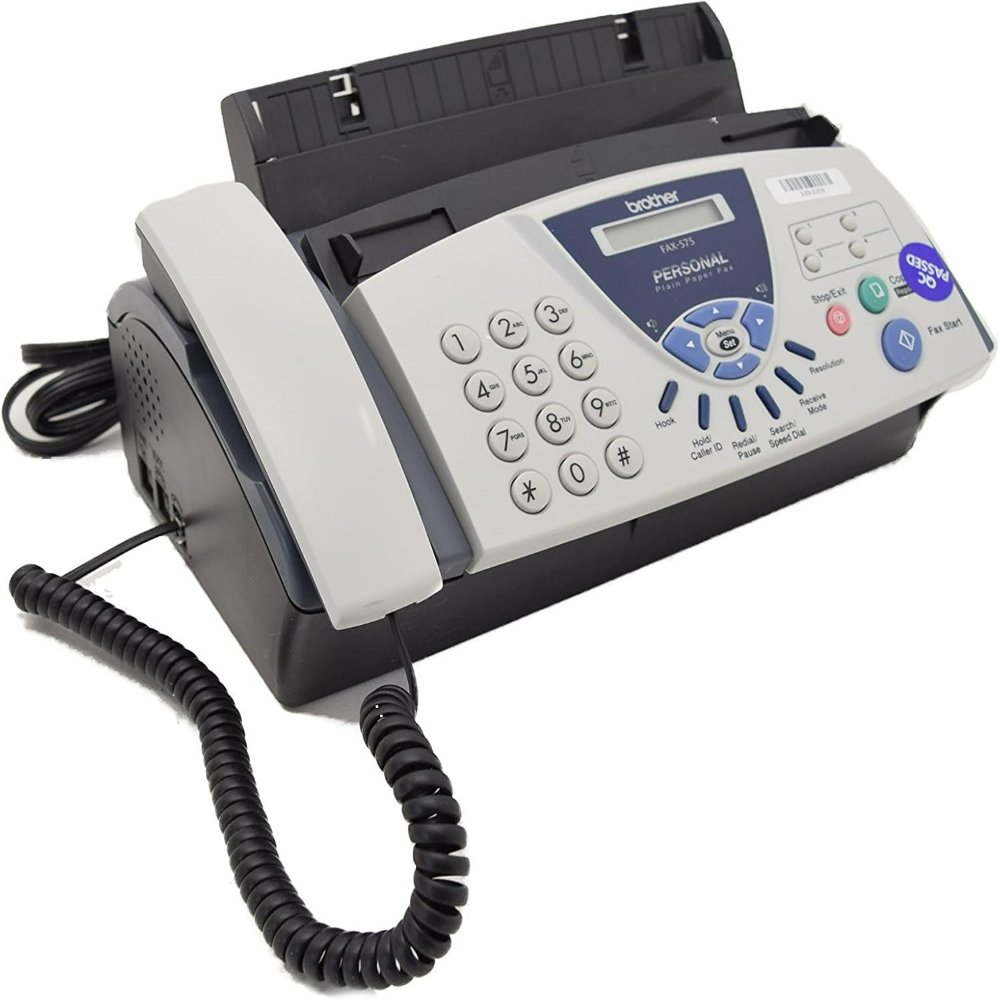The Origins of Fax Technology
The roots of fax technology stretch back to the 19th century. It emerged from the need to send documents over long distances quickly than mail could allow. Inventors began to explore the possibilities of transmitting images using electric signals.
Early Experiments and Breakthroughs
The initial steps towards the creation of the fax machine involved several inventors. Among these was Alexander Bain, considered a pioneer. In 1843, he obtained a patent for a design that used synchronized pendulums to scan a message line by line. Bain’s mechanism marks the first known form of facsimile transmission, laying the foundational work for the fax machine. Following Bain, Elisha Gray and Samuel Morse made significant contributions. They introduced a way to convert images into electronic signals for transmission over wires.
This period of innovation set the stage for what would become a revolution in communication. The breakthroughs achieved during this period of early experiments were crucial. They paved the way for further development and refinement of fax technology. As a result, it evolved into a vital tool for businesses and individuals worldwide, transforming the way people share information. The invention of the fax machine is a testament to human ingenuity and a key milestone in the history of communication technology.

The Evolution of the Fax Machine
The fax machine’s journey from its conception to its modern form is fascinating. Over the decades, each advancement has transformed this communication tool, making it more efficient and accessible.
From Alexander Bain to Modern Developments
After Alexander Bain’s initial invention, fax technology swiftly advanced. Bain’s pendulum-based system was just the beginning. In 1861, Philipp Reis added further improvements, creating a form of the fax machine that could transmit tones corresponding to different shades of light and dark. This method laid groundwork for later innovations.
By the 20th century, fax machines had become more practical. In the 1920s, AT&T rolled out the Wirephoto service, enabling newspapers to transmit photographs across distances. During World War II, fax technology was crucial for sending strategic maps and documents.
The 1960s marked a milestone with the introduction of the Xerox Magnafax Telecopiers. These could connect to any telephone line, greatly broadening the fax machine’s reach. It was during the late 1970s and 1980s, however, that fax machines entered their golden age, with the introduction of smaller, faster, and more affordable devices.
Today’s fax machines bear little resemblance to their bulky predecessors. They’re integrated into multi-function printers and often link to computers or even cloud-based services. This evolution reflects the advancement in digital technology and how it shapes communication tools. Yet, even with the rise of email and instant messaging, fax remains relevant in areas like legal, healthcare, and government sectors where document authenticity is paramount.
Throughout history, fax machines have adapted, never waning completely but instead finding new modes to stay pertinent. They’ve leaped from analog to digital, now embracing internet faxing which leverages the power and ubiquity of the web while maintaining a trusted transmission method for sensitive documents.
The Golden Age of Fax Communication
The fax machine’s prime era was the late 1970s to 1980s. It was during this time that fax machines began to enjoy widespread adoption across businesses globally. The technology was no longer just an invention; it became an indispensable office tool.
Peak Popularity and Business Integration
With advances in technology, the fax machine became smaller, faster, and more affordable. These developments made it a key player in the business world. Companies relied on fax machines to send and receive contracts, invoices, and other crucial documents in seconds rather than days.
Business integration of fax technology meant that offices could communicate with international branches effortlessly. The device proved especially useful for industries where the authentication of documents was critical. Sectors like legal, banking, and healthcare saw a surge in fax use due to its reliability. The speed at which documents could be exchanged vastly improved productivity and efficiency.
Fax machines also gained a social aspect, bridging business and personal communication. They allowed the sharing of information with those who didn’t have immediate access to computers or other advanced tech. It wasn’t just an office fixture; it was a global communications phenomenon.
This golden age solidified the fax machine as a symbol of modern business for its time. It was the era when ‘fax’ became a verb, fully entrenched in the corporate lexicon. Despite the march of technology, the impact of this period on communication is undeniable. It was a time when, for many, the fax machine was as revolutionary as the smartphone today.

The Mechanisms Behind Fax Machines
Understanding the mechanisms behind fax machines is essential to appreciating their impact.
How Fax Machines Work
Fax machines transmit documents via telephone lines. Here is a simplified breakdown:
- Scanning: The document is scanned, converting printed text and images into a bitmap.
- Encoding: This bitmap is encoded using a system such as Modified Huffman to compress the data.
- Transmission: The encoded bitmap is sent over the phone line to the receiving fax machine.
- Decoding: The receiving fax machine decodes the data back into a bitmap.
- Printing: Finally, it prints the bitmap onto a page, recreating the original document.
These steps are the core of fax technology. They reflect the ingenious methods inventors created to send and receive information quickly and accurately long before digital communication became widespread. Although these mechanisms have evolved with digital technology, the fundamental process remains a marvel of communication technology.
The Impact of Fax Technology on Communication
The fax machine, once invented, became a vital part of global business operations. Its influence reshaped how companies exchanged information, making communication swift and secure.
Facilitating Global Business and Information Exchange
Fax technology played a pivotal role in global business growth. By enabling the rapid exchange of documents, it removed the barriers that slowed down international transactions. Fax machines allowed documents to travel across the world almost instantly. This efficiency supported businesses to operate on a new, faster scale. In essence, the fax machine invented a new era of real-time communication.
Documents such as contracts, legal papers, and designs could be sent and verified within minutes. As a result, decision-making became faster, and opportunities arose for real-time collaboration, regardless of distance. In trade, faxing enabled the quick transmission of orders and invoices, speeding up the entire supply chain process.
Beyond business, fax machines also impacted media and newsrooms. They became a tool for journalists to receive press releases and photographs, helping them report events timely and accurately.
Overall, fax machines revolutionized communication, creating a bridge that connected different parts of the world through a reliable and effective channel. This had a lasting impact on how businesses and individuals exchanged information, setting the stage for the further fluidity we experience in digital communication today.

Fax Machines in the Digital Age
Despite the rapid growth of digital communication, fax machines have endured, demonstrating adaptability. They now blend with digital technology, expanding their reach and enriching their functionality.
Transition to Internet Faxing and Current Use Cases
The inception of internet faxing has transformed how fax machines are used. This shift to online platforms has preserved faxing relevance in the hyper-connected world. Here’s how fax machines have evolved:
- Internet Faxing: Faxing has joined the cloud era. Now, you can send and receive faxes over the internet. This eliminates the need for a physical fax machine, making the process faster and more versatile.
- Email to Fax: Services are available that turn emails into faxes. This means you can send a fax from your email client without needing a fax machine. The technology translates email attachments into fax format.
- Mobile Accessibility: With mobile apps, faxing is possible from smartphones and tablets. This brings the convenience of faxing to a mobile-first audience, fitting their on-the-go lifestyle.
Fax machines still serve critical roles in today’s business and legal spheres. Here are current use cases:
- Legal Documentation: In law, where document integrity is crucial, faxed documents are still considered secure and legally-binding. They’re used to exchange sensitive information.
- Healthcare Communication: Faxing remains a trusted method for transmitting patient records and other protected health information, adhering to compliance standards like HIPAA.
- Government Operations: Governments use faxing to ensure secure document transmission, especially when handling classified or sensitive material.
Incorporating digital tech, fax machines have not just survived but also found new life in applications where security can’t be compromised. Even as they are ‘fax machine invented’ in a past era, their legacy extends, adapting to meet the demands of our digital age.
Notable Innovations and Patents in Fax Technology
The journey of the fax machine through time is marked by groundbreaking patents. These patents capture pivotal moments when the fax machine invented new ways to transmit information. Let’s look at some key patents that revolutionized the industry.
Key Patents that Shaped the Fax Machine Industry
Several inventors across different eras contributed to the fax machine as we know it today.
- Alexander Bain (1843): The Scottish inventor’s patent is often hailed as the birth of fax technology. His mechanism used pendulums to scan documents line by line.
- Frederick Bakewell (1848): Improved on Bain’s design with a rotating cylinder. This was another step towards practical fax service.
- Shelford Bidwell (1881): Introduced the scanning phototelegraph that allowed for the scanning of two-dimensional images.
- Edouard Belin (1913): Created the ‘Belinograph’. It sent photos via standard phone lines, influencing the AT&T Wirephoto service.
- Xerox Corporation (1960s): Their introduction of the Magnafax Telecopiers opened doors for fax use in smaller businesses and lower costs.
- Digital and Internet Fax Technology Patents: Later patents covered the transition of fax technology from analog to digital, allowing for the integration with computers and internet-based systems.
Each of these patents signifies a leap forward for the fax machine invented with the intent to improve long-distance communication. Be it through refining earlier designs or integrating new digital technologies, these patents underscore the fax machine’s importance in the advancement of global communication.